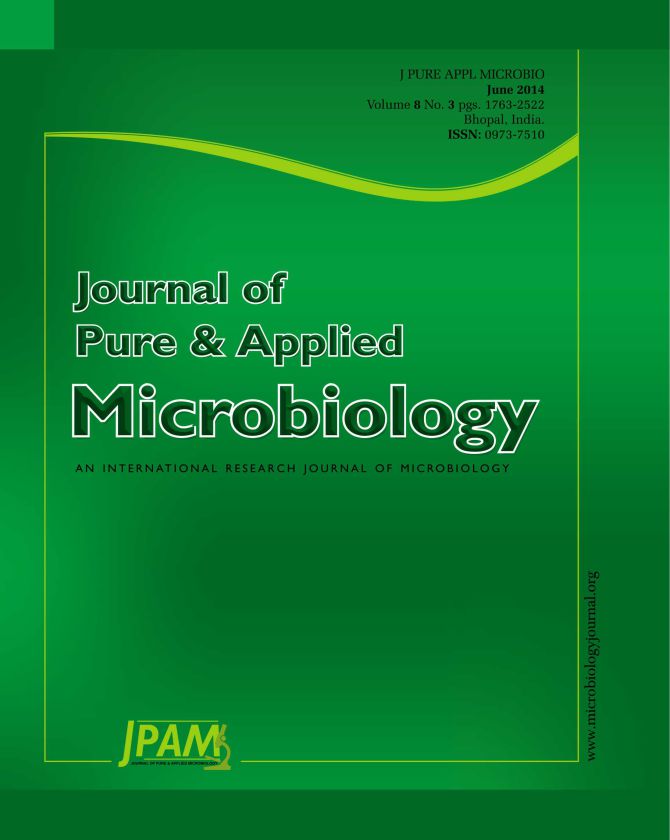Candidiasis or thrush is a fungal infection (mycosis) of Candida species, Candida albicans being the most common. The dimorphic fungus Candida albicans is a commensal of the human oral, gastrointestinal, vaginal, cutaneous, and mucosal surfaces. In immunocompetent as well as immunocompromised individuals,C. albicans causes cutaneous or subcutaneous infections such as vaginitis or oral thrush or infections of the nails and skin. Catheters and other medical implants and devices serve as an excellent substrate for biofilm formation and can act as a source of nosocomial infections. Fluconazole and Itraconazole are well-established drugs of choice for both localized and systemic C. albicans infections. However, prolonged use of these drugs could lead to the development of drug resistant strains of C .albicans. The present study deals with understanding the antimycotic effect of both garlic and fluconazole on Candida albicans. Both aqueous and organic extracts of garlic are compared for their antimycotic activity along with Fluconazole. The use of natural antimycotics in synergism with Azole drugs in the treatment of Candida infections has also been investigated in order to make the treatment of Candida infections more cost effective and reduce the possibility of pathogenic Candida albicans strains from becoming drug resistant to the conventional anti mycotic drugs.
Antimycotic, Candida albicans, Candidiasis, Synergism, Garlic
© The Author(s) 2014. Open Access. This article is distributed under the terms of the Creative Commons Attribution 4.0 International License which permits unrestricted use, sharing, distribution, and reproduction in any medium, provided you give appropriate credit to the original author(s) and the source, provide a link to the Creative Commons license, and indicate if changes were made.


